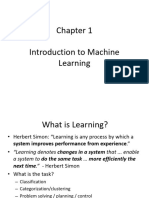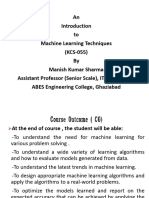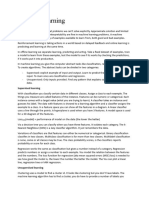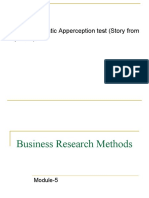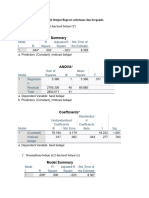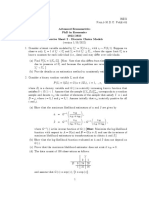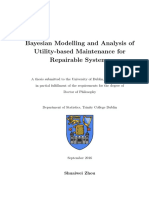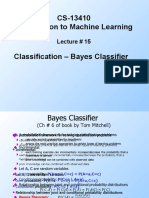0% found this document useful (0 votes)
17 views22 pages01 Intro
The document outlines the course ECE 6254 on Statistical Machine Learning, focusing on learning effective models from data for practical inference and signal processing problems. It covers various learning approaches, including supervised and unsupervised learning, and emphasizes the importance of probabilistic models. Prerequisites include knowledge of probability, linear algebra, and multivariable calculus, with no formal textbook required, and grading based on tests, homework, and projects.
Uploaded by
Mark DavenportCopyright
© © All Rights Reserved
We take content rights seriously. If you suspect this is your content, claim it here.
Available Formats
Download as PDF, TXT or read online on Scribd
0% found this document useful (0 votes)
17 views22 pages01 Intro
The document outlines the course ECE 6254 on Statistical Machine Learning, focusing on learning effective models from data for practical inference and signal processing problems. It covers various learning approaches, including supervised and unsupervised learning, and emphasizes the importance of probabilistic models. Prerequisites include knowledge of probability, linear algebra, and multivariable calculus, with no formal textbook required, and grading based on tests, homework, and projects.
Uploaded by
Mark DavenportCopyright
© © All Rights Reserved
We take content rights seriously. If you suspect this is your content, claim it here.
Available Formats
Download as PDF, TXT or read online on Scribd
/ 22








